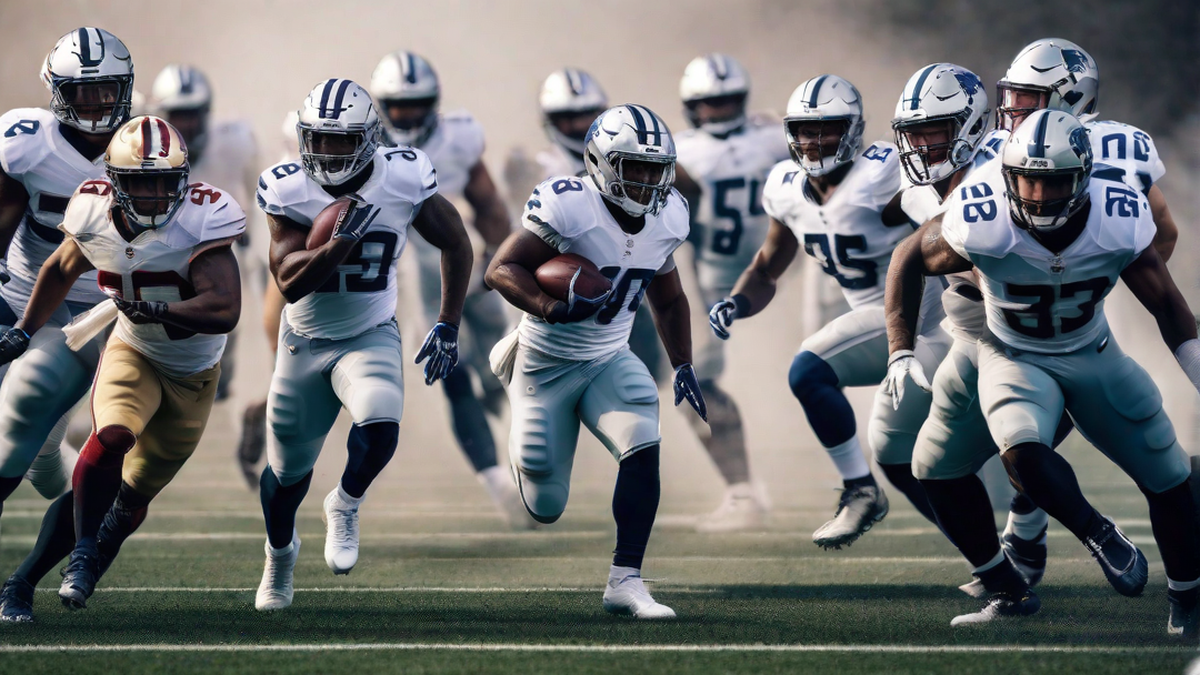As a passionate football fan, I’ve always been intrigued by the significance of jersey numbers in the game. Each player’s number tells a story and represents their position on the field. Today, I want to focus on running backs and the numbers they can wear. So, let’s dive deep into the world of running back jersey numbers!
In the National Football League (NFL), running backs have the privilege of wearing numbers from 20 to 49. This range includes both single and double-digit numbers, allowing running backs to have a wide variety of choices when it comes to their jersey numbers. However, it’s important to note that there are some restrictions based on the position’s historical traditions.
The Most Popular Running Back Numbers
When it comes to running back numbers, a few iconic choices come to mind. One of the most recognized and revered numbers for running backs is undoubtedly number 34, famously worn by the legendary Walter Payton. Known for his incredible skills and tenacity, Payton’s number 34 has become synonymous with greatness in the running back position.
Another popular number for running backs is number 21, which has been sported by some of the game’s greatest, including LaDainian Tomlinson and Ezekiel Elliott. Number 22, once worn by Emmitt Smith, is also highly regarded in the running back fraternity.
Breaking the Mold: Single Digit Running Backs
While double-digit numbers are more common for running backs, there have been a select few who have chosen to break the mold and opt for a single-digit number. One prime example is number 5, worn by Reggie Bush during his time in the NFL. Bush’s choice not only set him apart but also showcased his versatility and unique playing style.
Changing Numbers and Traditions
It’s worth noting that players can change their jersey numbers throughout their careers, as long as they follow the league’s guidelines. This means that a running back who starts their career with a number in the 20s can switch to a number in the 30s or 40s later on, should they desire a change.
While there are no strict rules governing the numbers running backs can wear, some traditions and superstitions have emerged over the years. For example, number 44 is often associated with fullbacks due to its historical usage. It’s rare to see a running back choose this number, as it’s typically reserved for players who specialize in blocking and short-yardage situations.
In Conclusion
Ultimately, the choice of a running back’s jersey number is a personal one. While there are popular numbers associated with the position, players have the freedom to select a number that holds significance to them or represents who they are as athletes. From iconic double-digit numbers to unique single digits, running backs have the opportunity to leave their mark on the game through their chosen jersey number.
As a fan, it’s always exciting to see a running back grace the field wearing a number that stands out and makes a statement. Whether it’s a tribute to a football legend or a representation of their individuality, the numbers on a running back’s jersey add another layer of excitement to the game we love.

